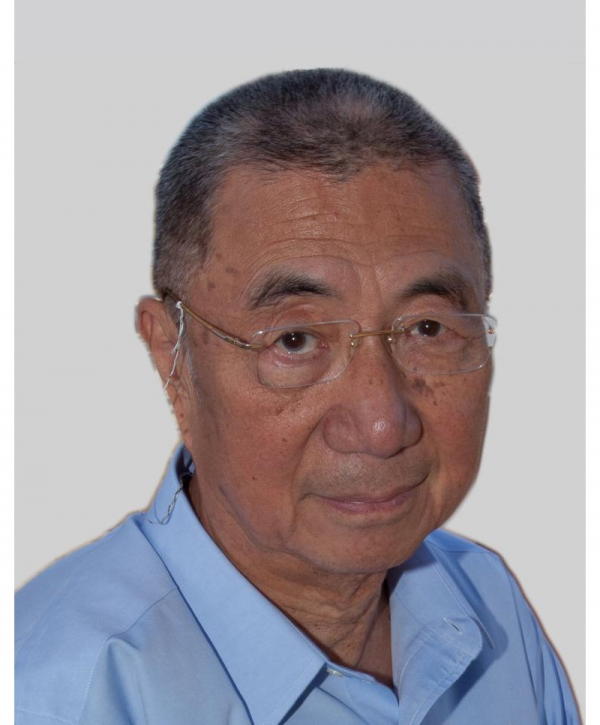 Samuel C.C. Ting was born in Ann Arbor, Michigan. He received his B.S.E. degrees (in Physics and in Mathematics) and his Ph.D. (in Physics) all from the University of Michigan. He is the Thomas Dudley Cabot Professor of Physics at the Massachusetts Institute of Technology. Ting has always proposed and led international collaborations in experimental physics using accelerators in the U.S., Germany and Switzerland and on board the U.S. Space Shuttle Discovery and the International Space Station.
Samuel C.C. Ting was born in Ann Arbor, Michigan. He received his B.S.E. degrees (in Physics and in Mathematics) and his Ph.D. (in Physics) all from the University of Michigan. He is the Thomas Dudley Cabot Professor of Physics at the Massachusetts Institute of Technology. Ting has always proposed and led international collaborations in experimental physics using accelerators in the U.S., Germany and Switzerland and on board the U.S. Space Shuttle Discovery and the International Space Station.
His main contributions to physics include:
- Discovery of nuclear anti-matter (the anti-deuteron).
- Measuring the size of the electron family (the electron, the muon, and the tau) showing that the electron family has zero size (with a radius smaller than 10-17 cm).
- Precision study of light rays and massive light rays showing that light rays and massive light rays can transform into each other at high energies and providing a critical verification of the quark model.
- Precision measurement of the radius of the atomic nuclei.
- Discovery of a new kind of matter (the J particle) at the Brookhaven National Laboratory. The Nobel Prize was awarded to Ting for this discovery.
- Discovery of the gluon (the particle responsible for transmitting the nuclear force).
- A systematic study of the properties of gluons.
- A precision measurement of muon charge asymmetry, demonstrating for the first time the validity of the Standard Electroweak Model (Weinberg, Glashow and Salam).
- Determination of the number of electron families and neutrino species in the Universe and the precision verification of the Electroweak Unification Theory.
- Discovery of the separation of helium isotopes in space.
- Development of the first large superconducting magnet for space application.
Ting’s major awards include the Nobel Prize for Physics, Ernest Orlando Lawrence Award (U.S. government), Eringen Medal (from the Society of Engineering Science), DeGaspari Award in Science (from the Italian government), Golden Leopard Award for Excellence (Italy), Gold Medal in Science (Italy) etc. He is a member of many scientific academies including the U.S. National Academy of Science, the American Academy of Arts and Sciences, the Soviet Academy of Science, the Russian Academy of Science, Deutsche Academy Naturforscher Leopoldina (Germany), Royal Spanish Academy of Science, Hungarian Academy of Science, Academia Sinica and the Chinese Academy of Science, etc. He is an Honorary Fellow of the Tata Institute of Fundamental Research (India).
Among his Doctor Honoris Causa degrees are those awarded by the University of Michigan, Columbia University, Moscow State University, Rheinische Westfalisch Technische Hochschule (Germany), University of Bologna (Italy), University of Bucharest (Romania), Hong Kong University of Science and Technology, etc. Currently, he is leading a 16 nation, 500 physicist international collaboration to use the U.S. International Space Station (ISS) National Laboratory to probe some of the fundamental questions of modern physics including the antimatter universe and the origin of cosmic rays and dark matter.
